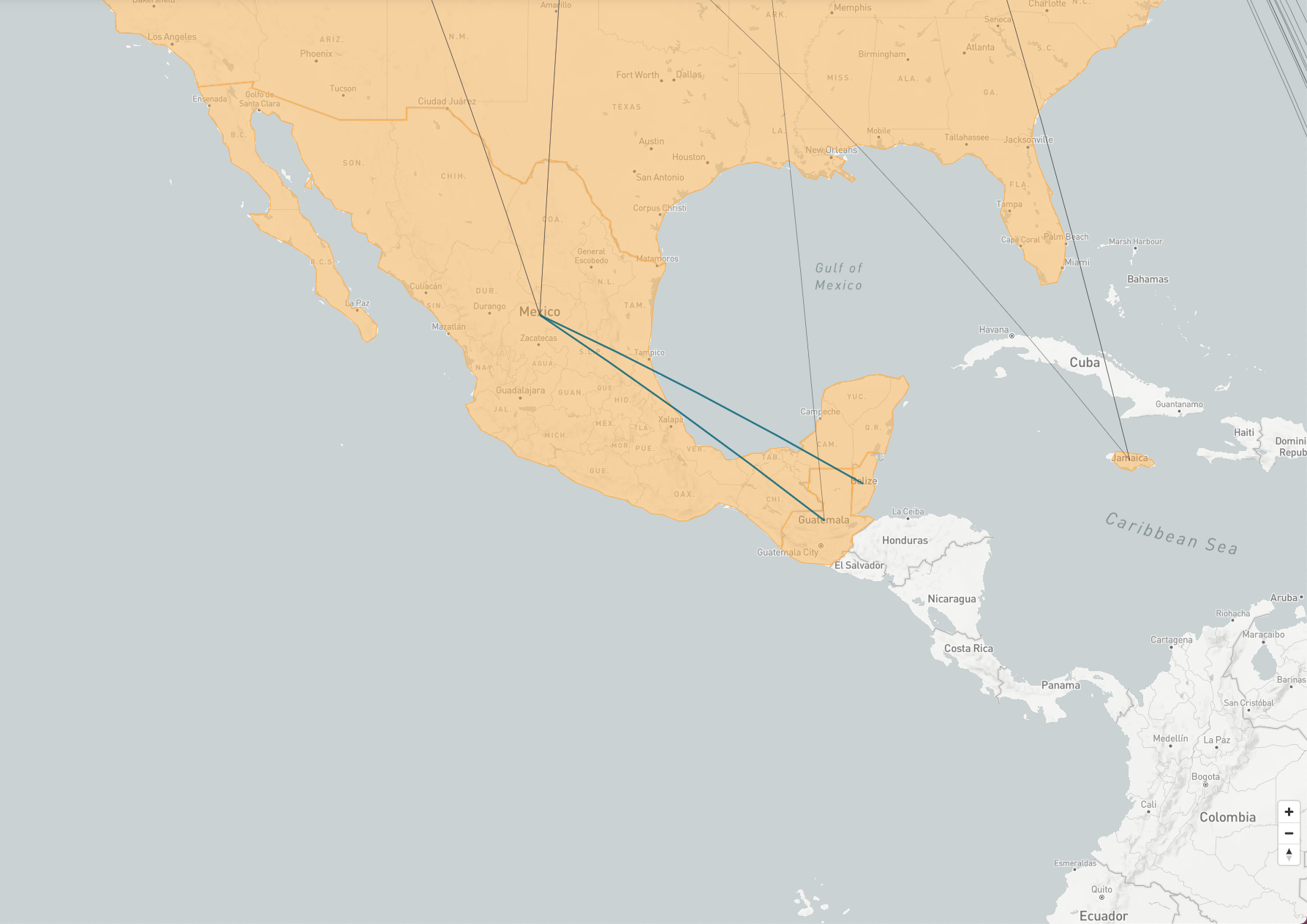- Country of destination: Mexico
- Country of origin: Belize and Guatemala
- Sectors: Agriculture, Horticulture, and Food Processing, Construction, Engineering, and Manufacturing
- Skill level: Low
- Timeline: 2012 - ongoing
- Number of beneficiaries: 3,673 in 2020
Overview
The Mexican government seeks to address irregular migration through a targeted work permit card for border crossers that is available only to people from Belize and Guatemala. The program grants authorization to work in selected states on Mexico’s southern border.
Why was it started?
In an attempt to regularize migration from Central America, the Mexican government created a visa specifically for border-crossing workers from Belize and Guatemala, in the hope that it would stem irregular migration in the southern region of Mexico and allow for managed migration.
How does it work?
The program grants authorization for temporary work in the southern Mexican states of Quintana Roo, Campeche, Tabasco, and Chiapas. Applicants, not employers, apply for a visa at an embassy and must convince the authorities of the temporary nature of their intent to work in Mexico. The cost of the application is $40 USD. Most participants in the program are 20- to 24-years-old, but workers can be as young as 16.
What impact has it had?
Almost half (46 percent) of Guatemalan agricultural workers use the TVTF card and a large majority are men (92 percent). The number of documented Guatemalan workers in the agricultural, textile, and education sectors has risen. Workers with TVTF documents represent only a small share of annual migrant flows, however. A 2019 report suggests that uptake of the program has been low because of various barriers to entry, including the fact that migrants must have a job offer in hand to present at the Mexican embassy, that employers must pay them the minimum wage, and that the cost of applying for the TVTF is high relative to the income of a typical applicant. In addition, many migrants who cross Mexico’s southern border prefer to migrate to a more northern destination rather than the southern Mexican states designated for the program.
- For more information, see the Mexican government’s TVTF website.
- Meza González, Liliana. 2015. Visitors and residents: Guatemalan, Salvadoran and Honduran workers in Mexico. CANAMID Policy Brief PB04, the Center for Research and Higher Studies in Social Anthropology (CIESAS), Guadalajara, Mexico.
- Selee, A., Giorguli-Saucedo, Silvia E., Soto., Ariel G. Ruiz., and Masferre, Claudia. 2019. Invertir en el vecindario: Cambios en los patrones de migración entre México y Estados Unidos y oportunidades para una cooperación sostenible. Migration Policy Institute and El Colegio de México, Washington, DC.
- Silva Quiroz, Yolanda. 2014. Transmigracion de Centroamericanos por México: Su vulnerabilidad y sus derechos humanos. El Colegio de la Frontera Norte, Tijuana.
- Unidad de Politica Migratoria, Registro e Identidad de Personas. Estadisticas migratorias: Sintesis 2020. Subsecretaria de Derechos Humanos, Población y Migración/SEGOB, Mexico City
- IOM. 2022. "Campaign launched in Mexico to strengthen labor rights and regularization of Guatemalan migrants." https://www.programamesoamerica.iom.int/en/border-worker-card-presented-Mexico

